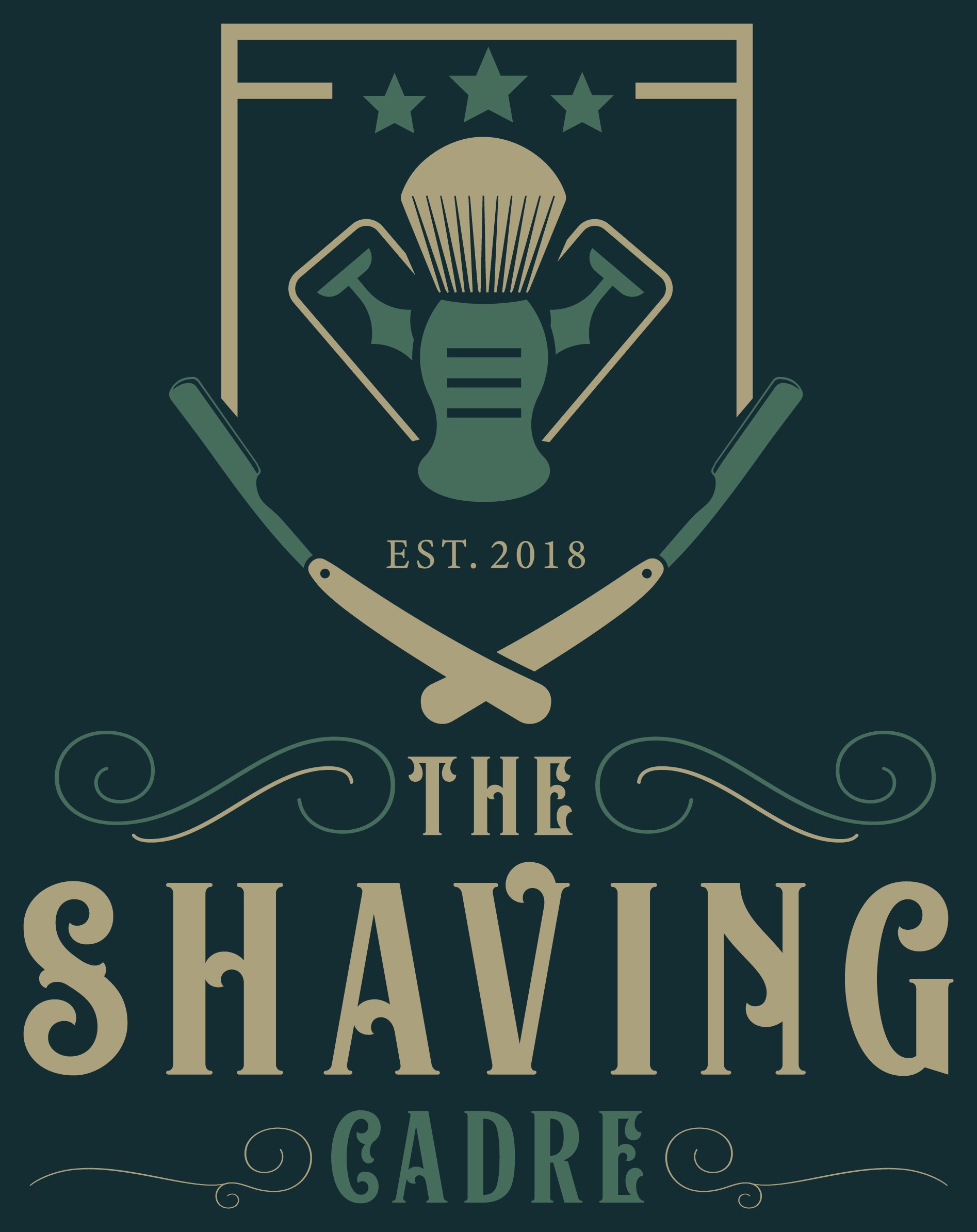I have some thoughts about how this little experiment might go and why Williams soap (and other hard or difficult to lather soaps) are the way they are. If you will allow me to indulge myself I will expound...
Successful lathering of shaving soap requires enough of those lovely little soap particles to get dissolved into the water in the brush (or the water being moved around by the brush) so that even more soap particles can be swept into solution and eventually dissolved and lathered. Because Williams is both a hard soap and made with large amount of sodium hydroxide (a lye that produces a soap particle that is slick but less easily dissolved in water than potassium hydroxide) relative to the amount of potassium hydroxide used, it can take a little extra coaxing to get soap particles into solution. Hot water, blooming and physical agitation are a couple ways to help get some of those difficult to dissolve sodium soap salts into solution. Fortunately potassium soap salts dissolve fairly easy and once in solution become rather helpful in getting those stubborn sodium soap salts into solutions. This is why, USUALLY, all you need to do is briefly bloom the surface, load the brush well and work up a lather adding water a little at a time. When you have harder water (or very stubborn soap) adding citric acid or other chelating agents to the water can improve the ability of the sodium soap salts to dissolve, making it WAY easier to load and lather.
In theory anything you do to help get those soap particles into solution so they can be lathered would be a good thing but It’s also important to achieve an optimal soap water ratio. Some soaps have wide tolerances both in terms of how much and when water is added...others not so much.
In my experience a super hydrated Williams puck (like the one in your photo, not the Croap you describe having now) loads so much raw soap it becomes too difficult to add enough water to get the soap into solution and build a lather. You get a thick, paste that is similar to a lather but it’s not at all what you want or expect. Squeeze the brush out (as if you are giving up in complete exasperation...because you ARE), splash water on your face and feel how it feels kinda slick and think to yourself “hey, I wonder....” then try again. This time, just add a little water to the brush, you probably have plenty of soap still in the brush. Face lather until you have the best lather ever and wonder how it happened. ... my best lather usually comes after I have soaked the puck but have washed it clean so it looks like a normal puck, basically it’s hydrated but not soggy.
I suspect your croap experiment will depend on whether you are able to rub on the surface of the soap to load or if you will have to treat it like a cream and dip the tips of the brush. I really think Williams requires active loading with semi-wet bristles in order to get the soap salts to dissolve into solution in the right amounts (ratio soap:water) to make a good lather. I think if treated like a cream you would have to be very purposeful and careful in your approach. For those having difficulty with Williams I think using it like a stick soap works best, soak several minutes then rub all over your face until your face is coated then lather with a damp brush.
Good luck sir


